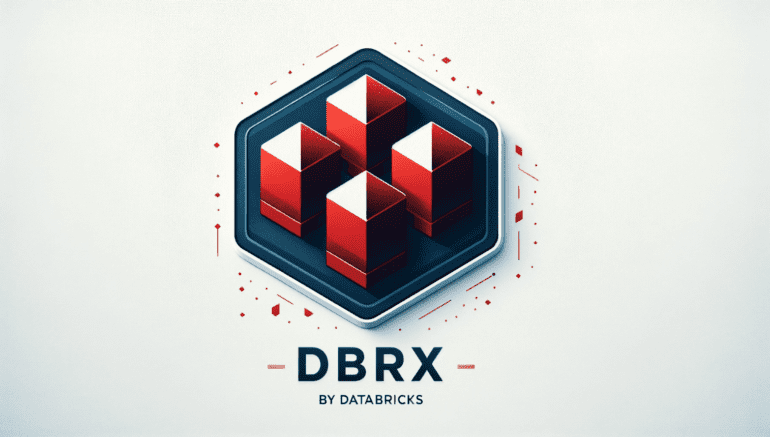- Databricks introduces DBRX, a cutting-edge open LLM, signaling a milestone in AI evolution.
- DBRX offers enterprises access to advanced capabilities previously limited to closed models.
- Powered by a mixture-of-experts architecture, DBRX sets new standards with its 12T tokens of training data.
- Outperforming GPT-3.5, DBRX excels in programming, mathematics, and retrieval-augmented generation tasks.
- Both models are available as DBRX Base and DBRX Instruct, and they are accessible through Hugging Face and the Databricks Marketplace.
- Databricks’ proprietary tools, from Unity Catalog to Mosaic AI Training service, underpin the development of DBRX.
Main AI News:
In the ever-evolving landscape of AI, the term “LLM” has transitioned from obscurity to ubiquity, signifying the rise of Large Language Models as a cornerstone of technological advancement. Databricks’ recent launch of DBRX, an open, general-purpose LLM, marks a significant milestone in this revolution.
DBRX, while a general-purpose LLM, distinguishes itself with its unique selling proposition: it redefines the possibilities of open LLMs by offering enterprises access to robust capabilities previously confined to closed models. Powered by a mixture-of-experts (MoE) architecture and trained on a staggering 12T tokens of text and code data, DBRX stands at the forefront of innovation.
Performance-wise, Databricks asserts that DBRX outperforms GPT-3.5 and stands toe-to-toe with industry stalwarts like Gemini 1.0 Pro and Mistral Medium. Its prowess in programming and mathematics surpasses even specialized models like CodeLLaMA-70B. Moreover, DBRX shines in retrieval-augmented generation (RAG) tasks, rivaling top contenders such as Mixtral Instruct, LLaMA2-70B Chat, and GPT-3.5 Turbo.
The impact of DBRX extends beyond its technical capabilities. Both the base model, DBRX Base, and the finetuned version, DBRX Instruct, are available under open licenses via Hugging Face and the Databricks Marketplace. Leveraging Databricks Mosaic AI Foundation Model APIs, customers can seamlessly integrate DBRX into their GenAI applications, streamlining the development process.
Notably, DBRX serves as a testament to Databricks’ cutting-edge technology. Built using Databricks’ own suite of tools, it exemplifies the company’s commitment to empowering customers with state-of-the-art solutions. From data management and exploration with Unity Catalog and Lilac AI, to data processing and training using Apache Spark, Databricks notebooks, and open-source libraries like MegaBlocks and LLM Foundry, DBRX embodies innovation at every stage.
In the quest for GenAI dominance, Databricks emerges as a trailblazer, demonstrating that an open model developed on proprietary technology can rival and even surpass closed alternatives. As the competition intensifies, organizations that can achieve such feats stand poised to lead the charge towards a future shaped by AI.
Conclusion:
Databricks’ launch of DBRX signifies a paradigm shift in the market, where open LLMs now rival and even surpass closed alternatives. This not only democratizes access to advanced AI capabilities but also underscores the importance of proprietary technology suites in driving innovation. As organizations embrace DBRX and similar offerings, the landscape of AI development is poised for rapid transformation, with Databricks at the forefront of this revolution.

